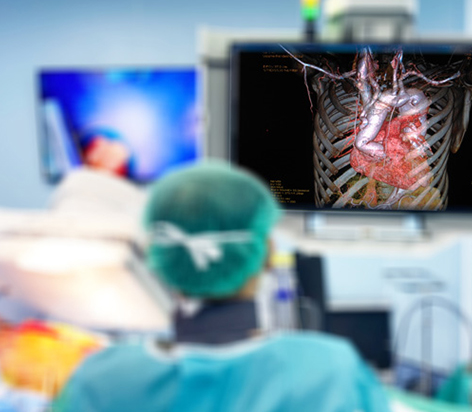
Surgical interventions to manage diseases of the thorax require thoracic procedures. It involves surgeries of the lungs, diaphragm, windpipe (trachea), esophagus, pleural space, mediastinum, and chest wall. As the thoracic cavity has vital organs, such as the lungs and heart, several conditions require immediate medical intervention.